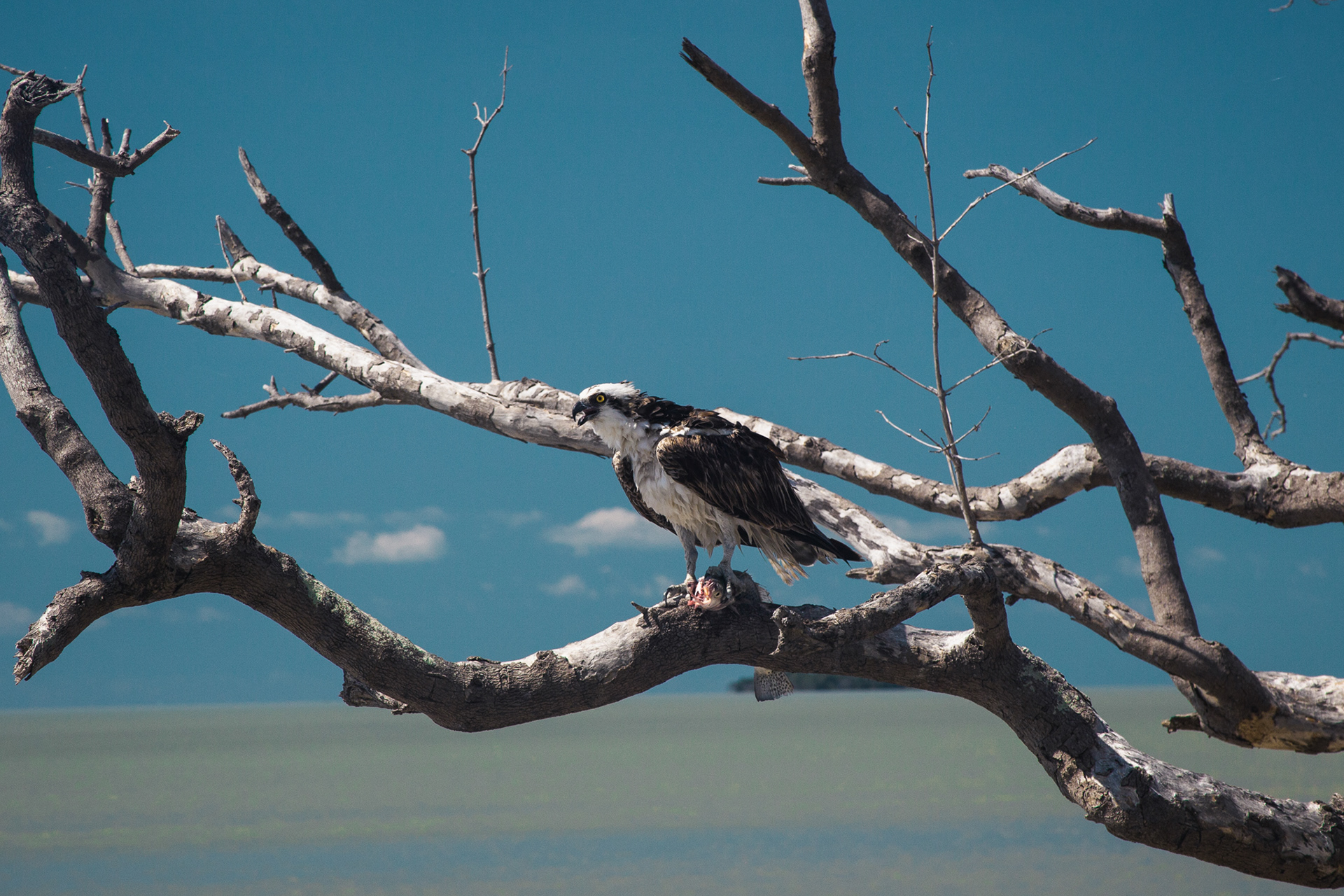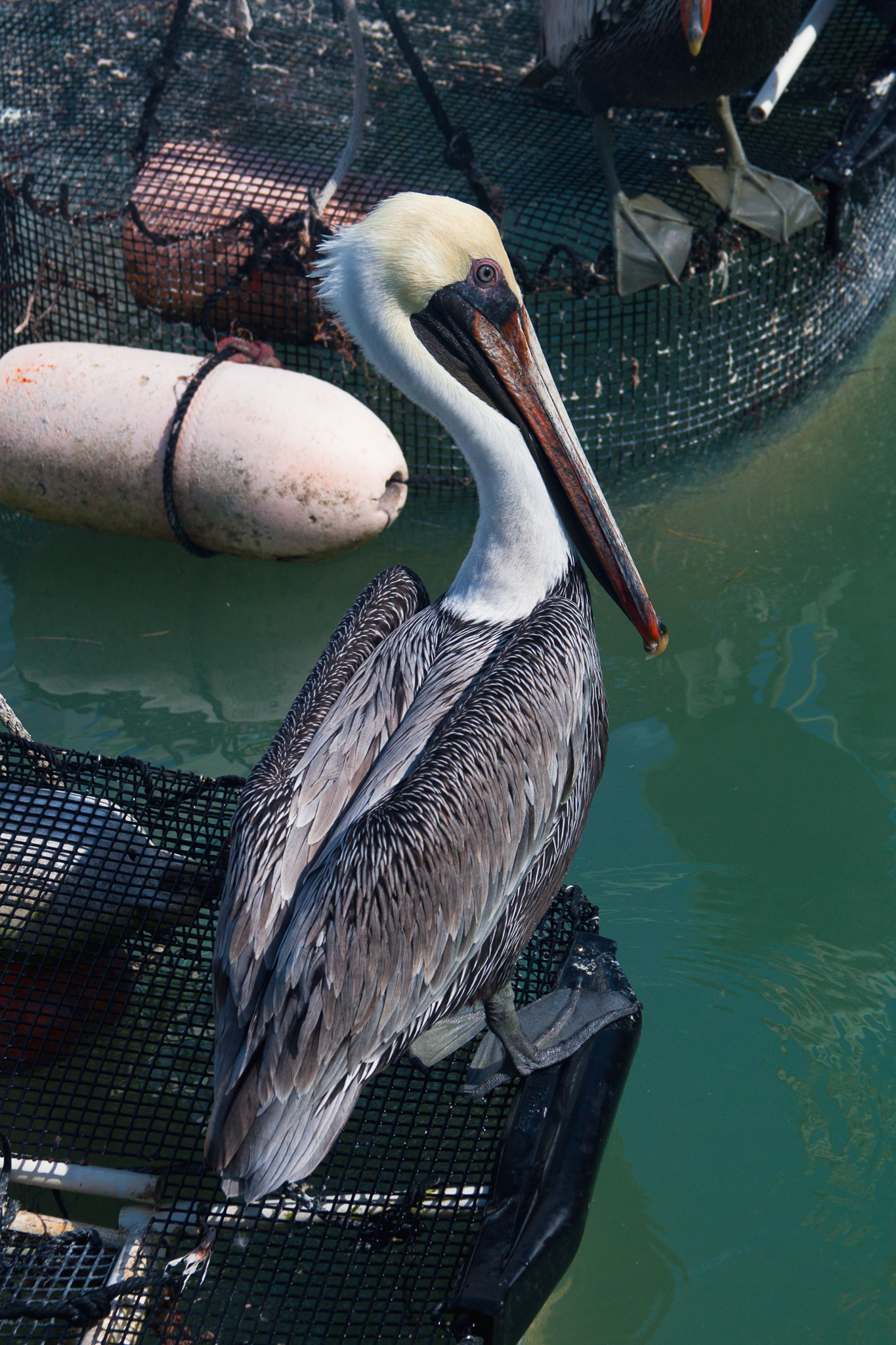TROPICAL WET FORESTS
SOUTH FLORIDA, USA
- THE EVERGLADES & BIG CYPRESS NATIONAL PARKS, FAKAHATCHEE STRAND, COLLIER-SEMINOLE, AUDUBON CORKSCREW SWAMP & THE FLORIDA KEYS -
At the heart of the Greater Everglades (the largest freshwater marsh in the United States) is the iconic "River of Grass," a slow-moving sheet of shallow water that flows southward from the headwaters of the Kissimmee River to the Everglades National Park and the Florida Bay. This unique hydrological system supports a diverse array of plant and animal species, and also performs important ecological functions, such as flood control, water purification, and carbon sequestration. However, despite its crucial environmental role, the Greater Everglades faces numerous threats, including habitat loss, pollution, invasive species, and altered hydrology. Decades of drainage and development have disrupted natural water flow patterns, leading to habitat degradation, loss of biodiversity, and increased vulnerability to climate change impacts such as sea level rise and saltwater intrusion.
South of the Everglades, in the Florida Bay, lies a chain of over 1,700 cays - small islands situated on a coral reef platform - called the Florida Keys. Each key is made up of the remnants of ancient coral reefs that lived in the shallow seas covering the region millions of years ago. Over thousands of years, limestone gradually formed as calcium carbonate skeletons from marine organisms, primarily corals, accumulated. As sea levels changed, the coral reef eventually emerged above the water's surface, and the Florida Keys were born. Today, many of the keys are still ringed by living reefs, which are a part of the Florida Reef System, the third largest barrier reef system in the world. Coral reefs that surround keys are one of the most biodiverse ecosystems on the planet.

























